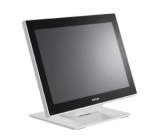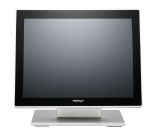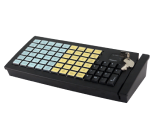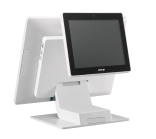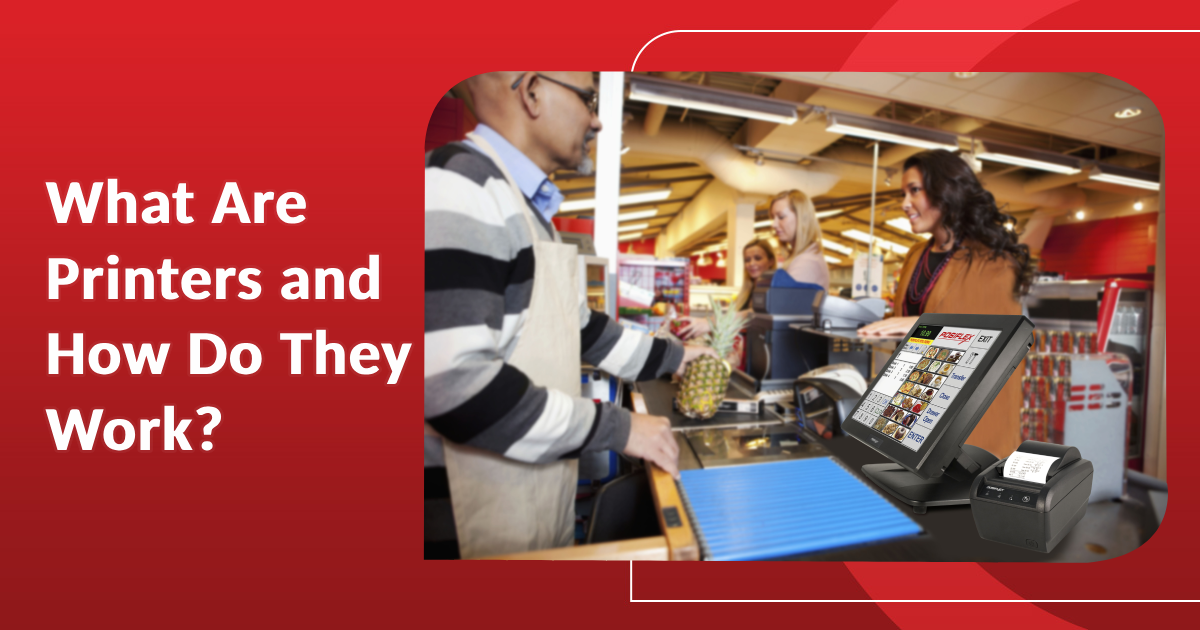Printers are essential peripherals in our daily lives, often taken for granted. From printing documents and photos to labels and artwork, these devices play a significant role in our personal and professional tasks. In this blog, we will explore the world of printers and how they work.
What is a printer?
A printer is a device that produces a physical copy of digital content, such as text, images, or graphics, on paper or other media. Printers come in various types and sizes, each designed for specific tasks and printing needs.
There are several types of printers available, each with its own unique features and applications:
Inkjet Printers: Inkjet printers are common in homes and offices. They work by spraying tiny droplets of ink onto paper to form the desired image or text. They are versatile and capable of producing high-quality colour prints.
Laser Printers: Laser printers use a laser beam to create an electrostatic image on a photosensitive drum, which then attracts powdered ink to the paper. These printers are known for their speed and are ideal for high-volume printing.
Dot Matrix Printers: While becoming less common, dot matrix printers are known for their ability to create multi-part forms with carbon copies. They use a matrix of pins to impact an ink ribbon, forming characters and images.
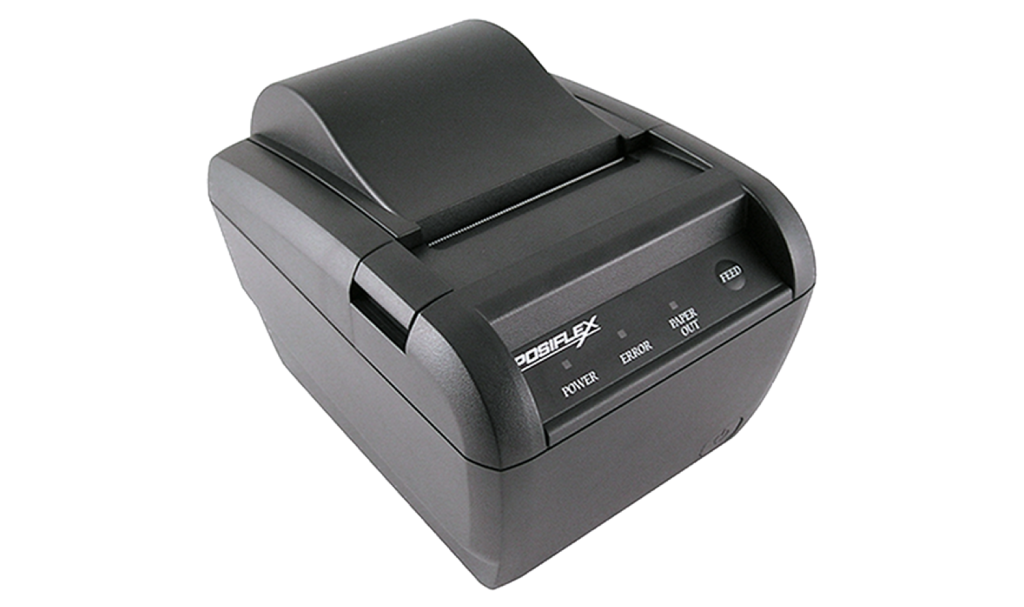
Thermal Printers: Thermal printers are commonly used in receipt printers and label printers. They work by heating special thermal paper to create text and images.
3D Printers: 3D printers are unique in that they can create three-dimensional objects by depositing material layer by layer. They are used in various industries, including manufacturing and healthcare.
How Do Printers Work?
The specific mechanisms of printers vary between types, but there are some common principles that underlie their operation:
Data Input: Printers receive data from a connected computer or other devices, typically in the form of a digital file. This data contains information about the content to be printed, including text, images, and formatting.
Page Description: The printer’s internal processor interprets the digital data and creates a page description, which includes the layout, fonts, graphics, and colours for the printed page.
Printing Process: The actual printing process depends on the type of printer. For example, inkjet printers use tiny nozzles to spray ink onto paper, while laser printers use a laser to create an electrostatic image and then fuse toner onto the paper through heat.
Paper Handling: Printers have mechanisms to handle paper or other media. They may use feed rollers to move paper through the printing process and output trays to collect the finished prints.
Printers have come a long way since their beginning, evolving to meet diverse printing needs. Understanding the types and functions of printers, as well as how they work, is essential for choosing the right one for your specific requirements. Whether you need a simple text document or a complex 3D model, there’s a printer out there to get the job done. When it comes to choosing the right printer for your needs, Posiflex is the name you can trust. With a commitment to quality, innovation, and reliability, Posiflex stands out as the top choice in the industry. When you want to buy a printer, make it a Posiflex for unparalleled performance and peace of mind.
Published on 3rd November 2023
